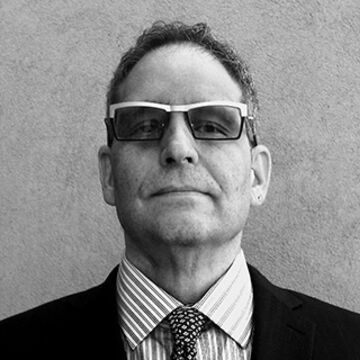

Alan Labb
Associate Professor
Contact
Bio
Associate Professor, Photography (1996). BFA, 1988, University of New Mexico, Albuquerque, NM; MFA, 1990, University of Illinois at Urbana/Champaign, Champaign, IL. Exhibitions: Schneider Gallery, Chicago; Bridge Center of Contemporary Art, El Paso; Graham Gallery, Albuquerque; Dartmouth Street Gallery, Albuquerque; SF Camerawork, San Francisco; Gallery 312, Chicago; University of California, Irvine; Sullivan Galleries, Chicago; Temple Art Gallery, Philadelphia; Colorado College, Colorado Springs. Publications: SF Camerawork Quarterly; Educause Review; The Albuquerque Journal; F News. Bibliography: The Chicago Tribune; Camerawork: A Journal of Photographic Arts; Hyphen Magazine; Afterimage; Los Angeles Times; The Albuquerque Journal; The Chicago Reader; F-News; Crude Oils.com. Collections: Art Institute of Chicago, Joan Flasch Artist Book Collection, University of New Mexico Art Museum. Awards: Illinois Art Council; Rockefeller Foundation.